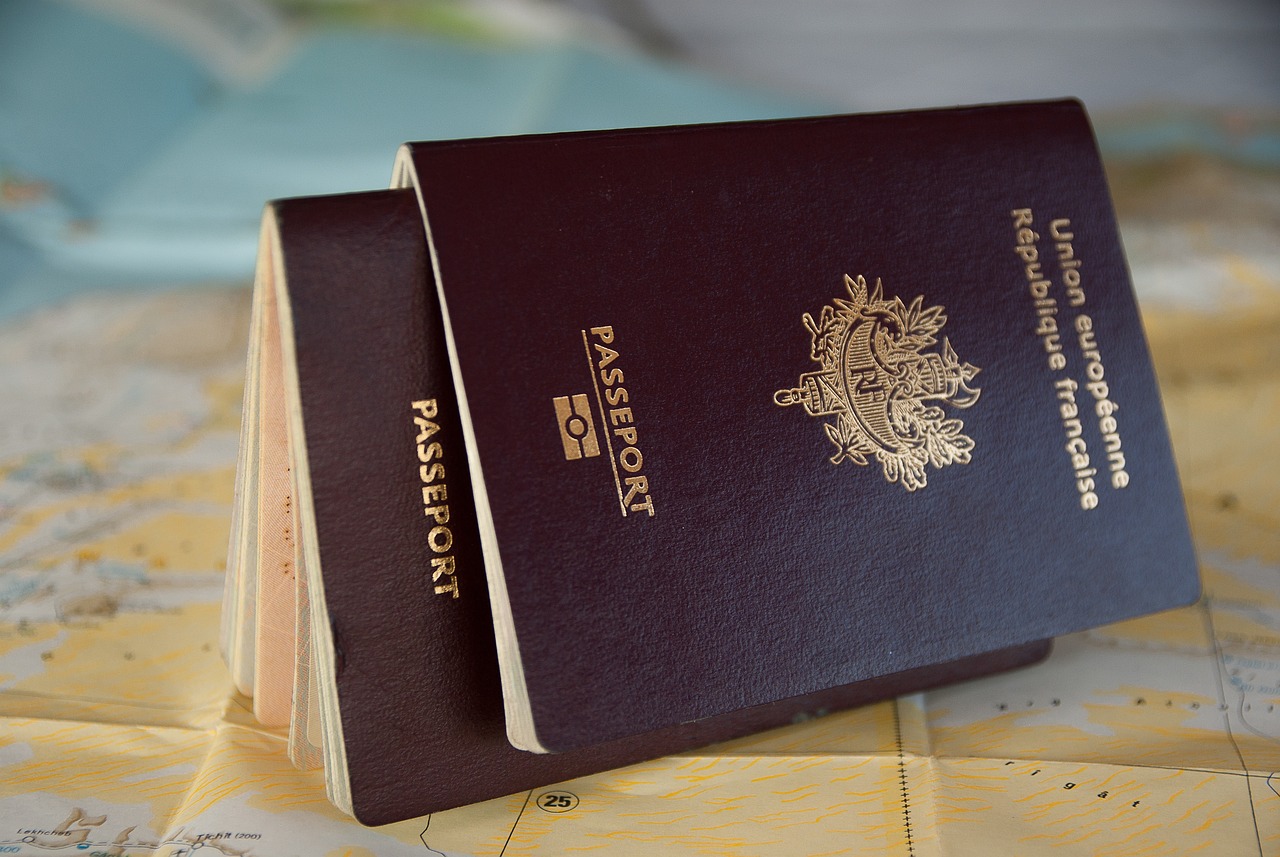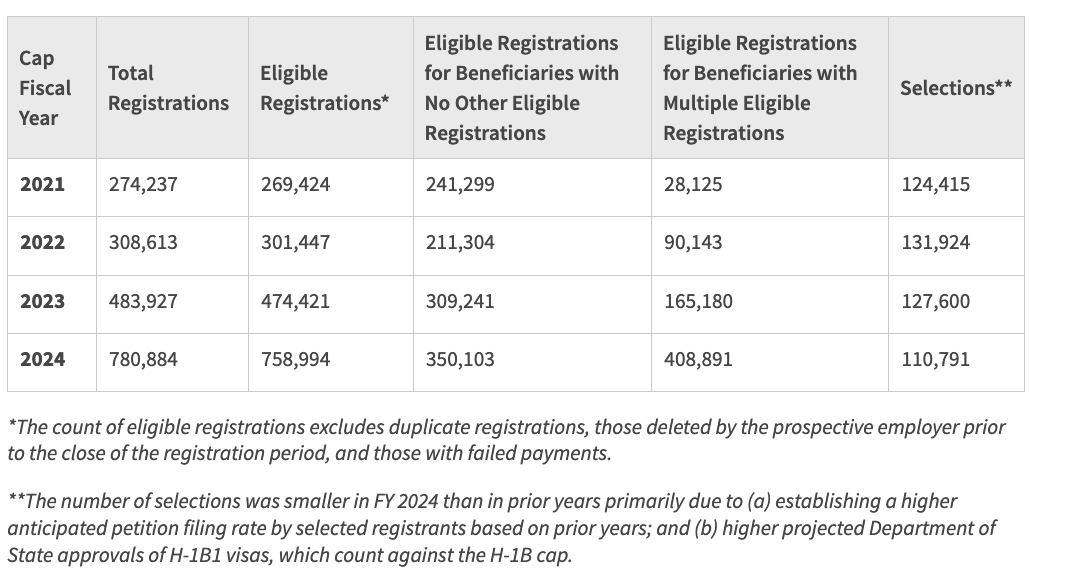On January 5, 2024, the U.S. Citizenship and Immigration Services (USCIS) released updated policy guidance describing how the agency analyzes an employer’s ability to pay the offered wage to prospective employees with employment-based immigrant petitions requiring a job offer, filed with USCIS under the first, second, and third preference categories, also known as EB-1, EB-2, and EB-3.
Specifically, the policy guidance clarifies how an employer’s ability to pay will be demonstrated where a beneficiary of a pending Form I-140 Immigrant Petition for Alien Worker, decides to change to a new employer under the American Competitiveness in the Twenty-First Century Act of 2000 (AC-21).
As a general matter, employers must be able to demonstrate their continuing ability to pay the offered wage to employees with petitions filed under the employment first, second, and third preference categories (EB-1, EB-2, EB-3) starting from the priority date of the underlying I-140 petition, until the beneficiary receives lawful permanent resident status (a green card).
Under the updated guidance, when an employee moves to a new employer under AC-21 while the underlying I-140 petition is still pending, USCIS will determine whether the petitioner meets its ability to pay requirement by only reviewing the facts in existence at the time of filing. This means that, USCIS will only consider initial evidence submitted with the petition (and any responses to Requests for Evidence) to determine if the petitioner has established its ability to pay from the priority date to the date of filing the I-140 petition.
 Visa Lawyer Blog
Visa Lawyer Blog












